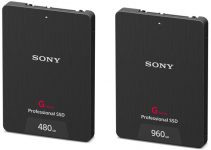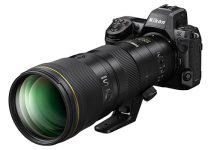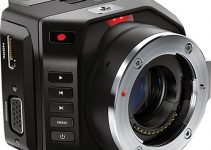Isn’t this an interesting test. The Sony a1 and Canon EOS R3 are the current flagship mirrorless offerings for their brands and the FX3 packs in the famous low-resolution sensor that is known for impressive low-light capabilities.
Checking out how they all perform in low-light and at high ISOs is going to reveal some distinct differences in technology and target audiences.
Filmmaker Josh Sattin worked with all three cameras in a controlled studio environment to get a nice, even comparison between them. As you watch be sure to take a close look at how color and noise shows up on the various cameras.
To perform the test, Josh went with the highest quality non-raw recording mode with 16:9 aspect ratio. That resulted in the following setup:
- Canon R3: UHD 4K All-I in Canon Log 3 (5.6K Oversampling)
- Sony FX3: UHD 4K XAVC S-I in S-Log3
- Sony a1: UHD 4K XAVC S-I and UHD 8K XAVC HS in S-Log3
For exposure, the most important part of this test, he uses grey cards and zebras to make sure it is captured properly. For Canon in C-Log3 that has him aim for 35 IRE and for Sony in S-Log3 is is targeting 41 IRE. This is how all the tests are performed.
He actually tries to moderate exposure through controlling the light and not by adjusting any settings in camera. All the footage is set up with a custom white balance via gray card as well.
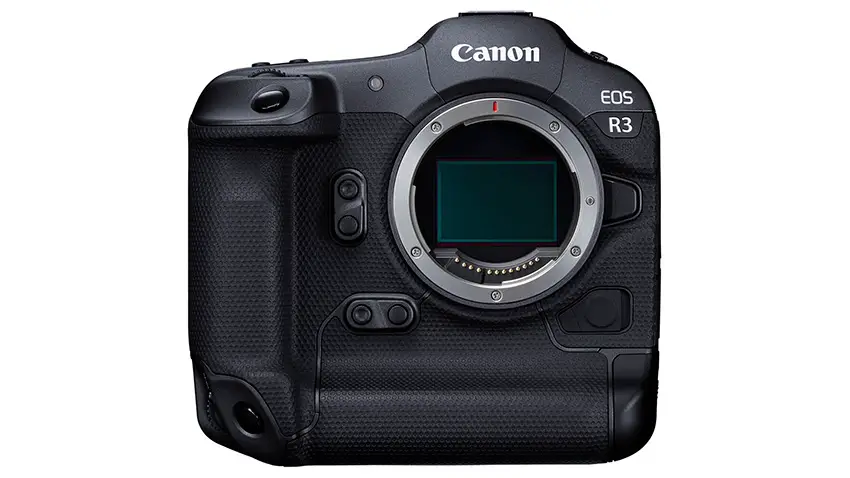
Image Credit: Canon
During editing, Josh did the core editing at ISO 800 and then copied those adjustment to all the other clips. This does result in slight variations on a couple clips. There wasn’t much grading done, just some basic corrections.
Keep in mind built-in noise reduction when you watch the footage. Sony has some applied to all footage and you have no ability to turn it off. Canon also has a noise reduction setting, but that also can’t be completely off and he left it at standard to keep it closer to Sony.
Canon gets to go first with a range up to ISO 32,000. It performs very well and even seems to have an extra step at ISO 3200 where it cleans up a bit. The first real hit of heavy noise comes when you move up to ISO 8000 and then past that you start to see some color shift. It’s all fairly manageable looking.
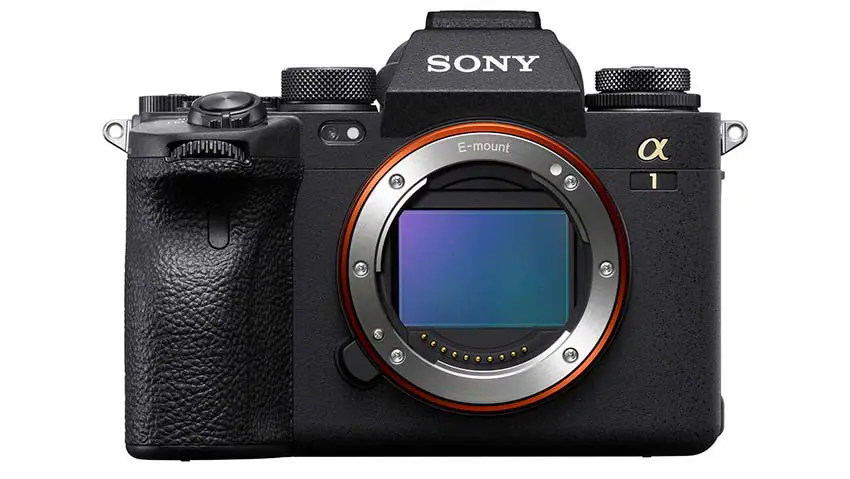
Image Credit: Sony
Next up is the a1 with its 4K and 8K modes. It also goes up to ISO 32,000. Noise appeared consistent between the two, but the 4K mode—which relies on skipping and/or binning, not downsampling—shows slightly larger noise in the footage.
There may be a slight dual base ISO response at ISO 4000 though it seems relatively minor. The first big jump in noise does come at ISO 10,000, though it does well for another couple steps up.
FX3 is last on this list. It also only is shown with a range up to ISO 32,000. However, the FX3 is capable of reaching ISO 102,400 in its base range. It has an official dual base ISO at 800/12,800 which is something to be aware of since the in between settings, like ISO 10,000, can be very noisy.
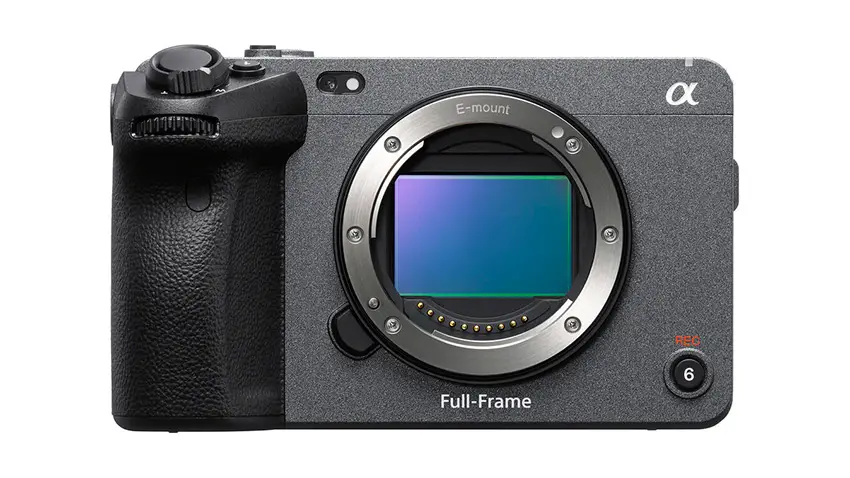
Image Credit: Sony
The FX3 does very, very well. The image is a little softer, but it does have excellent control over noise. If you need top low-light performance the 12MP full-frame sensor here is still looking like the one to beat.
Looking at them all together, Josh does thing that at the low end of ISO 2000 the FX3 is the winner followed closely by the a1 and R3. Moving up a touch, the R3 cleans up at ISO 3200, though at ISO 4000 the a1 cleans up and might edge the R3 out.
Interestingly, around ISO 4000-8000 the a1 takes the lead over the FX3 and then the a1. At ISO 10,000 the R3 is looking great. Now, at ISO 12,800 at up the FX3 is the best with the R3 behind it and then the a1.
All the cameras are doing a very good job. It’s useful to know, but I don’t think you can go wrong with any of them.
What did you think of this comparison? Which camera do you think did the best?
[source: Josh Sattin]
Order Links:
- Canon EOS R3 Mirrorless Camera (B&H)
- Sony a1 Mirrorless Camera (B&H, Amazon)
- Sony FX3 Cinema Line Camera (B&H, Amazon)
Disclaimer: As an Amazon Associate partner and participant in B&H and Adorama Affiliate programmes, we earn a small comission from each purchase made through the affiliate links listed above at no additional cost to you.


